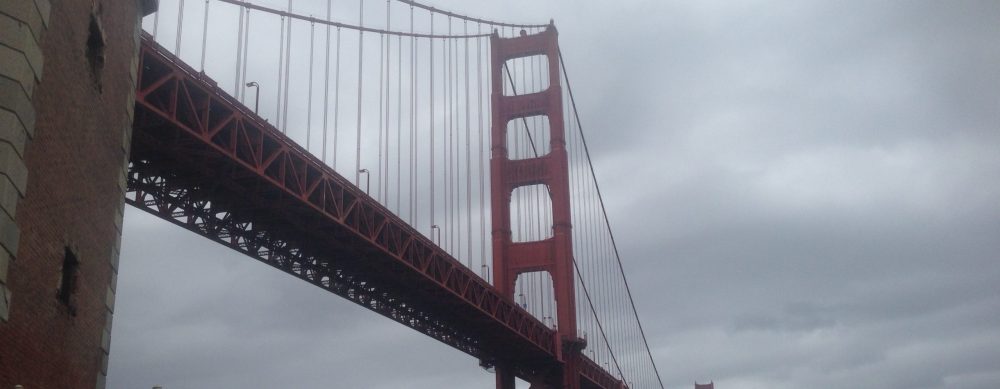Dear Physics Comunity,
Today we had end-of-term lunch. The need for good zoom etiquette came up. Here is a an example from Pittsburg. If anyone wants to customize it for MIT, I will circulate it.
No academic continuity meeting today
Advisories
- Working from home – the VPR is getting requests to have lab equipment and supplies moved to MIT employee’s homes so they work from home in a big way. Here is the new policy.
- In the “that’s just swell” category – there are places in the national lab complex where there is enough helium around to kill your iPhone. Thanks to Karen Dow for sending this.
Physics Department
Keep calm and carry on department – Lindley’s CUORE double beta decay experiment keeps going through the pandemic.
360 of Wolfgang’s lab, including WK on a bike.
MIT News on Will Detmold and his research in making protons fuse on a computer.
Los Endos
Good weather and a walk around Walden Pond did a world of good for me today. My walk was followed by a stimulating lunch with the faculty and staff. Thank you.
Thursday lunches, open to everyone in the MIT community, will go on hiatus and return the first Thursday after commencement. I’m looking for help organizing and ideas for how to use the lunches, so, please write to me if you are interested in helping out.
Peter
P.S. I am posting these messages in my blog roll here. Thanks to Physics Council, Pablo Jarillo-Herrero, Cathy Modica, Vicky Metternich, and Christina Andujar for input and comments on these messages.
